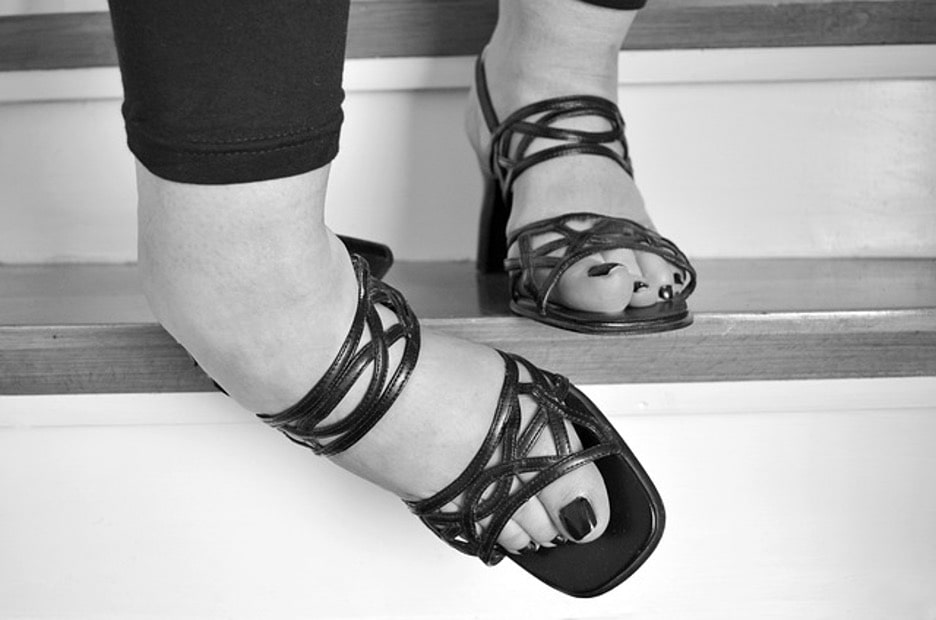
The field of regenerative medicine has paved the way for innovative treatments that harness the power of the body’s own healing mechanisms. One such treatment that has gained popularity in recent years is Platelet Rich Plasma (PRP) therapy. Initially used in sports medicine, PRP is now being increasingly utilized in the field of podiatry to treat various foot and ankle conditions. In this blog section, we will explore the efficacy and benefits of using PRP to treat Achilles tears, wounds, heel pain, and more.
Treating Achilles Tears with PRP
The Achilles tendon is the largest tendon in the body, connecting the calf muscles to the heel bone. It is prone to injuries, particularly tears, which can be debilitating and require prolonged recovery periods. PRP therapy offers a promising treatment option for Achilles tears, as it aims to stimulate and accelerate the natural healing process. The high concentration of platelets found in PRP contains growth factors that promote tissue regeneration and repair. By injecting PRP directly into the site of the tear, it triggers the body’s response to initiate healing, leading to quicker recovery and improved outcomes.
PRP for Wound Healing
Chronic wounds, such as diabetic ulcers, can pose serious health risks if left untreated. Conventional wound healing techniques often fall short in providing optimal results. However, PRP therapy has emerged as a promising treatment modality for chronic wounds. The growth factors present in PRP help promote angiogenesis, the formation of new blood vessels, which is crucial for wound healing. Additionally, PRP helps to increase the migration and proliferation of fibroblasts, cells vital in the production of collagen, thereby enhancing tissue regeneration and wound closure. By applying PRP topically to the wound or injecting it in the surrounding area, clinicians can aid in the healing process and prevent complications.
Heel Pain Relief with PRP
Heel pain is a common complaint that can significantly impact an individual’s quality of life. Conditions such as plantar fasciitis or Achilles tendinopathy often contribute to persistent heel pain. While conservative treatments like stretching and physical therapy are typically the first line of defense, PRP therapy is emerging as a valuable adjunctive treatment option. PRP injections in the affected area promote tissue regeneration, reduce inflammation, and provide pain relief. The growth factors in PRP stimulate the healing process, leading to improved tissue integrity and reduced pain levels. Incorporating PRP into a comprehensive treatment plan can potentially expedite recovery and help patients find long-lasting relief from heel pain.
PRP for Ankle Sprains
Ankle sprains can occur during physical activities, leading to ligament tears and subsequent pain and instability. Traditional treatment methods involve rest, ice, compression, and elevation, followed by physical therapy. However, recent studies have shown promising results with the use of PRP in the treatment of ankle sprains. Injecting PRP into the injured ligament provides an ideal healing environment due to the presence of growth factors and other bioactive proteins. This promotes faster ligament repair and helps restore ankle stability. By incorporating PRP therapy into the early stages of treatment, patients may experience improved healing and reduced long-term sequelae.
Future Directions and Conclusion
As the field of regenerative medicine continues to advance, the use of PRP for foot and ankle conditions is likely to expand. Ongoing research is focused on refining PRP formulations and delivery methods to optimize results. Additionally, clinical trials are underway to further validate the efficacy of PRP in foot and ankle pathologies. By harnessing the body’s own healing abilities, PRP offers a potential breakthrough in the treatment of various foot and ankle conditions, including Achilles tears, wounds, heel pain, and ankle sprains. As always, it is crucial to consult with a qualified podiatrist to determine the most suitable treatment options based on individual circumstances, symptom severity, and medical history.
In conclusion, PRP therapy has emerged as an exciting and promising treatment modality for foot and ankle conditions. Its ability to harness the body’s natural healing mechanisms through the use of growth factors and platelets makes it an attractive option for patients seeking alternative and innovative treatments. Whether it is Achilles tears, chronic wounds, heel pain, or ankle sprains, PRP therapy offers hope for improved outcomes and a faster return to a pain-free and functional life.
